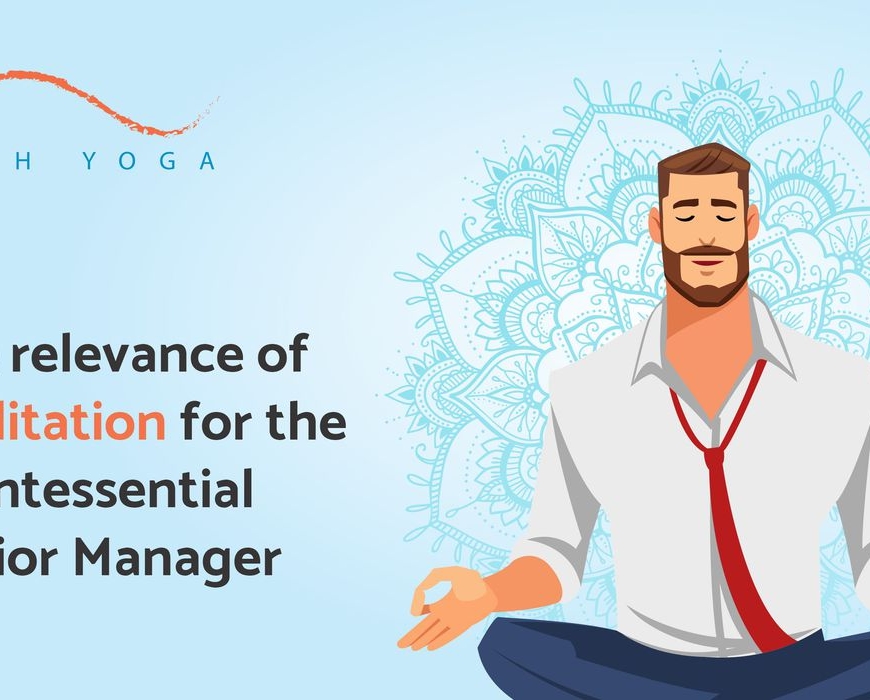Core Strength – More Than Just Abs
The core of your body – your abdomen, back, hips, and even the lower neck region, is central to your body, not just physically, but also metaphorically. A good core is needed for balance and stability, to carry out everyday activities without the risk of injuries, to work out and tone all parts of the body effectively, and to keep at bay chronic problems such as backache, which often creeps up as you grow older.
Even if you know the importance of core strength, you may be intimidated by the exercises that are considered essential for those abs. After all, crunches and situps drain even the best athletes, and they in themselves often require considerable fitness for you to take them up. However, there is an alternative set of exercises that you can perform, one that can be undertaken at any level of fitness, and what’s more, which provide a holistic benefit – yoga.
Yoga and Core Strength
As an exercise, yoga is designed to challenge and increase not only your strength but also your flexibility and mobility. Each asana challenges your muscles and posture differently, which means that you are likely to end up engaging all your muscles in many different ways. This not only leads to a flatter, more shaped stomach, and sides but also greater support to the spine, which prevents back pain. For those interested in the meditational and spiritual aspects of yoga, a strengthened core can also help in activating the third chakra, the center of power just above the navel.
Yoga For the Core – Asanas To Try
Now that you know that yoga is a powerful tool for enhancing core strength, here are some asanas and breathing practices that you can try for yourself –
- Paripurna Navasana (Boat Pose) – Engaging the hips and the abdominal muscles, this asana also challenges your balance. It is known to relieve stress and stimulate the kidneys, intestines and the thyroid gland, and is thus a great asana for those who suffer from problems of indigestion. Hold the pose for at least twenty seconds, and up the time to a minute when you feel comfortable.
It is often difficult for beginners to strike this pose with their feel completely straight. In such a case, it is better to practice with a prop such as straps – remember that it is more important to learn the proper pose than to do it as quickly as possible.
- Ardha Pincha Mayurasana (Dolphin Pose) – A great asana to work out the entire body, this asana opens up the shoulders and strengthens the core, arms, and legs. Known to help in menstrual discomfort, this asana also improves digestion, back pain, and fatigue, and can be helpful for those with high blood pressure and asthma.
Be sure to not put any undue pressure on your elbows, as it can lead to discomfort. To open up your shoulders well, place a rolled-up mat under your elbows. Hold the pose for at least thirty seconds to feel its impact.
- Vasisthasana (Side Plank Pose) – You might even forget about your core with this one, as your arm would be doing quite the heavy lifting. Keep your core consciously engaged and taut, and your sides in line with the floor to truly feel the impact of this asana. Alongside an improved balance, you will also find a stronged and tauter belly.
If your shoulders, arms or wrists have any injuries, do not perform this asana. Beginners may benefit from practicing the asana against a wall for support.
- Chaturanga Dandasana (Four Limbed Staff Pose) – It is hard to escape a plank when a core workout is in question, and yoga is no exception. This asana, a part of the Surya Namaskara, tones the entire body and can be a gruelling challenge for the core when done for over thirty seconds.
To get more acquainted with the form and proper posture of this asana, you can begin by practicing it against a wall.
- Ananda Balsana (Happy Baby Pose) – Let go of the stress by tapping into your inner child and give your hips and core a good stretch with this relaxing asana. This is a great pose to bring your core series to a close, as it continues to work out your main muscles while decreasing effort and increasing relaxation.
If you are unable to hold your feet with your hands, loop some straps around the middle arch of your feet and hold onto them instead.
- Savasana (Corpse Pose) – Yes, letting your body relax is just as important a part of your core workout as all the engaging asanas are. By ending with a resting asana, you allow your body to return back to its normal state and give your muscles time to relax and unwind, thus ensuring that you are physically and mentally able to take all that the workout has given you.
- Kapalbhati (Breath of Fire) – Known for generating heat in the body, this pranayama exercise, known also as the skull shining technique, is known to cleanse the body of toxins and improve respiratory capacity. Regular practice of the pranayama is also known to strengthen the diaphragm and the abdominal muscles, thus boosting your core.
Now that you know the importance of having a strong core, and know too the asanas that can help you achieve them, what are you waiting for? Integrate these practices into your regular workout routine, and see the difference for yourself!





Add Comment